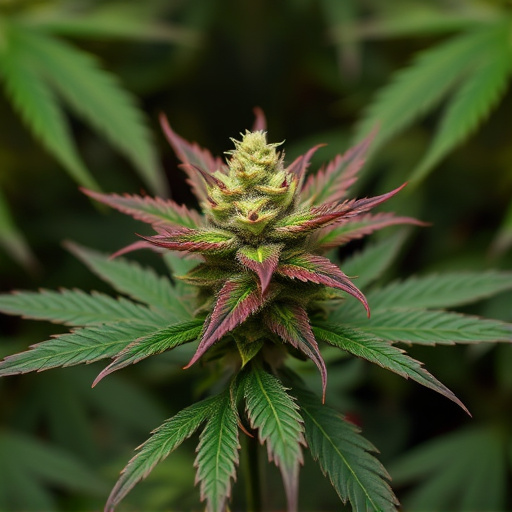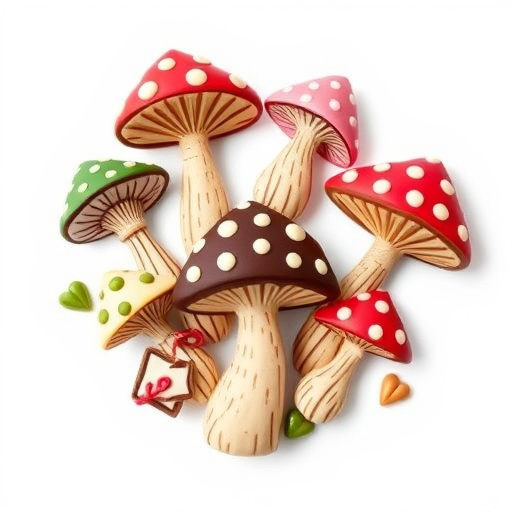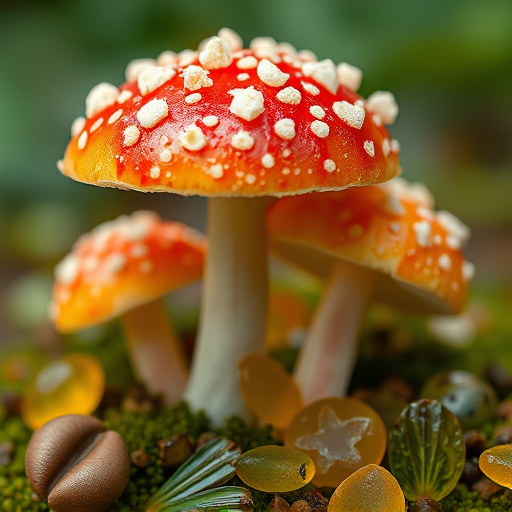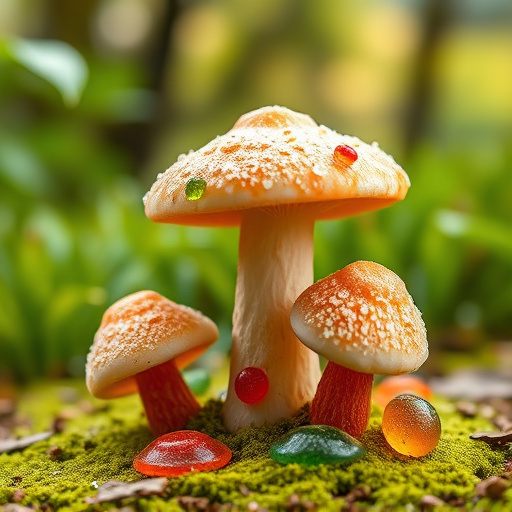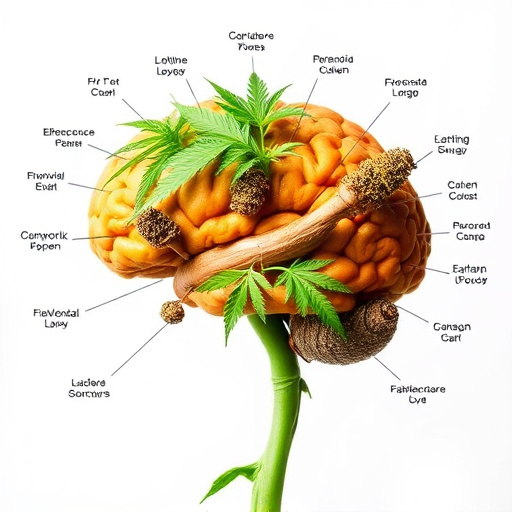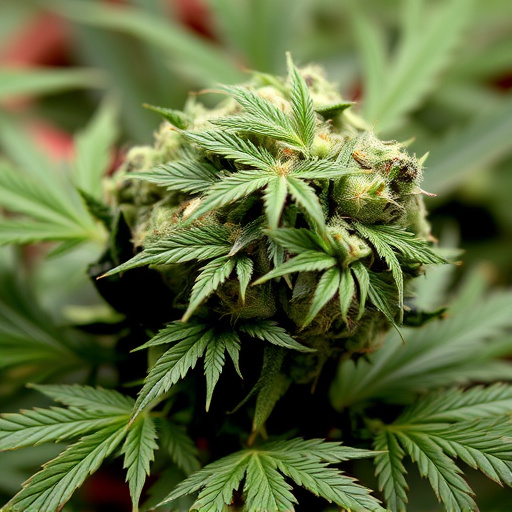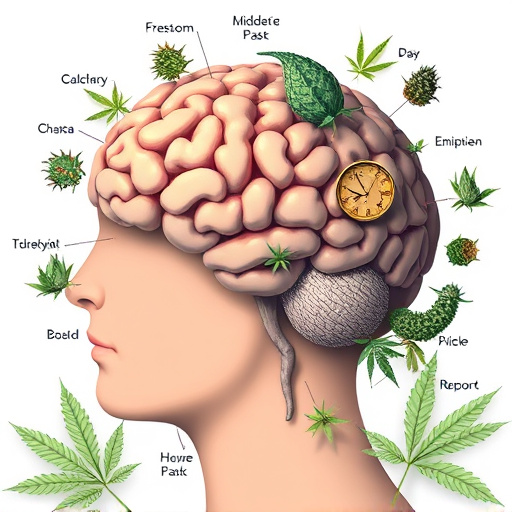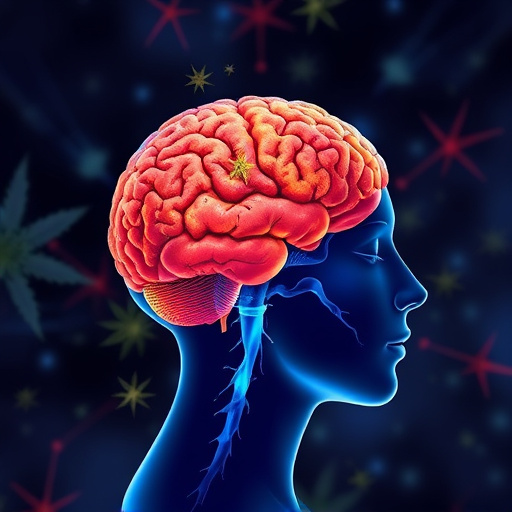The aromatic compounds in cannabis, known as terpenes, create unique scents and flavors while offering therapeutic benefits, particularly in managing epilepsy. Terpenes like myrcene and limonene have distinct effects; myrcene sedates, aiding insomnia and anxiety, while limonene boosts mood. Cultivators use advanced techniques to manipulate terpene profiles, developing cannabis strains tailored for specific medical needs, including epilepsy relief. This approach leverages the synergy between terpenes and cannabinoids for potent, alternative or adjunctive therapy.
Discover the fascinating world of terpenes, the aromatic compounds responsible for the distinctive scents and flavors of cannabis. This article unravels the secrets behind these chemical masters, exploring their role in shaping the unique profiles of medical cannabis strains, particularly those bred for treating epilepsy. From unlocking terpene compositions to cultivating enhanced profiles, we delve into how these natural ingredients contribute to both sensory experience and therapeutic potential.
- Unlocking Terpene Secrets: The Chemical Composition of Cannabis Scents
- Terpenes and Their Impact on Cannabis Strains for Epilepsy
- Exploring the Art of Cultivation: Enhancing Terpene Profiles in Medical Cannabis
Unlocking Terpene Secrets: The Chemical Composition of Cannabis Scents

The world of cannabis is a fragrant one, and at the heart of these aromatic profiles lie terpenes—the chemical compounds responsible for the distinct scents and flavors we associate with different cannabis strains. Unlocking the secrets of terpenes offers a glimpse into the intricate chemistry that not only delights our senses but also plays a potential role in the therapeutic benefits sought by many, including those managing conditions like epilepsy. Each terpene is unique, contributing to the diverse range of aromas, from citrusy and floral to earthy and piney notes. These compounds are produced naturally by cannabis plants as part of their defense mechanisms, acting as repellents against potential pests and pathogens.
The chemical composition of terpenes varies across different cannabis strains, leading to a vast array of scents and potential medicinal properties. For instance, myrcene, known for its earthy and fruity aroma, is prevalent in many indica strains and has been linked to sedative effects that can help with insomnia and anxiety. On the other hand, limonene, found in sativa-dominant varieties, imparts a bright, citrusy scent and is believed to have mood-boosting and anti-anxiety properties, making it potentially useful for managing symptoms of epilepsy and other neurological disorders. Understanding these chemical secrets allows cultivators to craft specific cannabis strains for various purposes, including providing relief from seizures and associated conditions like epilepsy.
Terpenes and Their Impact on Cannabis Strains for Epilepsy
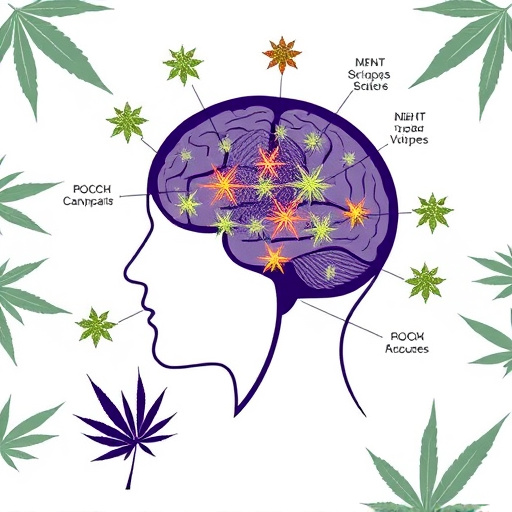
Terpenes, the aromatic compounds responsible for the distinctive scents and flavors of cannabis, play a surprisingly significant role in the development of specific cannabis strains known for their potential therapeutic effects on epilepsy. These volatile molecules not only contribute to the unique aroma and taste profiles we associate with different cannabis varieties but also interact with the plant’s cannabinoid content, creating potent combinations that may offer relief for seizure disorders.
Research suggests that certain terpenes found in cannabis strains for epilepsy have anticonvulsant properties, meaning they can help reduce or prevent seizures. For instance, myrcene, a common terpene in many cannabis varieties, has been linked to its sedative and anti-inflammatory effects, which can potentially calm the nervous system and alleviate seizure activity. Similarly, linalool, known for its calming and relaxing properties, has shown promise in studies focusing on epilepsy treatment. These terpenes, when combined with specific cannabinoid profiles like high levels of CBD (cannabidiol), create a synergistic effect that may provide an alternative or adjunctive therapy for individuals managing epilepsy through conventional means.
Exploring the Art of Cultivation: Enhancing Terpene Profiles in Medical Cannabis
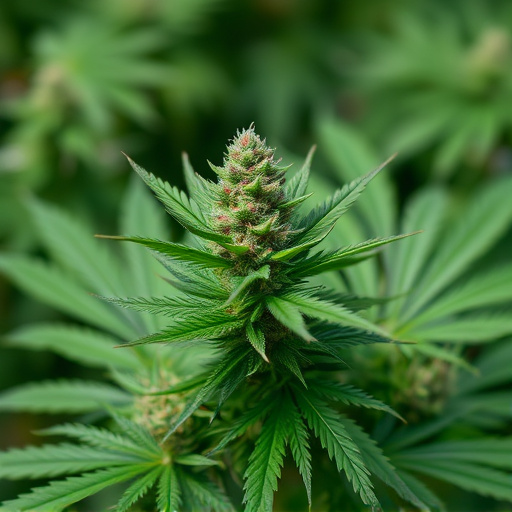
Cultivating cannabis is an art that goes beyond mere seed planting and harvesting; it involves a deep understanding of the plant’s complex chemistry, particularly its terpene profiles. These aromatic compounds are responsible for the distinct scents and flavors we associate with different cannabis strains. When it comes to medical cannabis, enhancing specific terpene levels can be a game-changer for patients seeking relief from various conditions, including epilepsy.
Breeders and cultivators are exploring innovative methods to manipulate environmental factors during growth, such as lighting, temperature, and nutrient profiles, to influence terpene production. By carefully controlling these variables, they can guide the plant’s chemistry, potentially creating cannabis strains with elevated levels of terpenes known for their therapeutic properties. For instance, myrcene, a common terpene, is often linked to its sedative effects, making it a desirable profile for managing epilepsy-related seizures and promoting relaxation.
In conclusion, terpenes play a pivotal role in shaping the unique aromas and potential therapeutic effects of cannabis strains, including those cultivated for managing epilepsy. Unlocking their secrets allows us to better understand why different cannabis varieties offer distinct experiences. As cultivation techniques evolve, enhancing terpene profiles can lead to more effective medical cannabis treatments, providing relief for conditions like epilepsy while delivering enjoyable sensory experiences.
